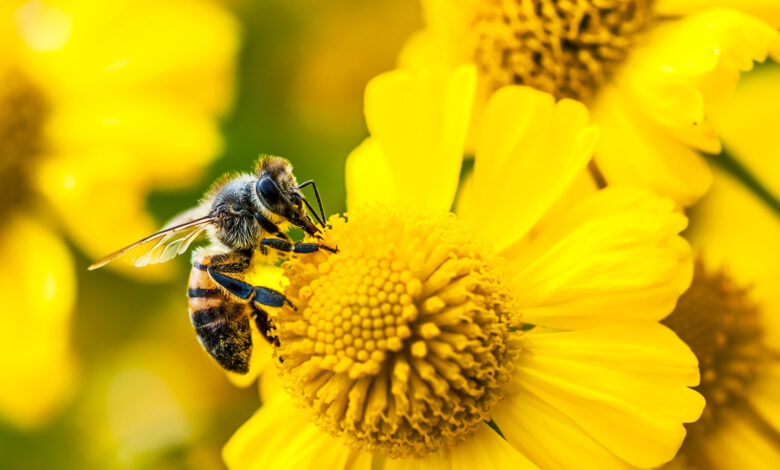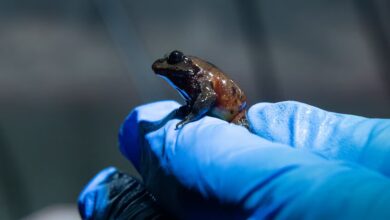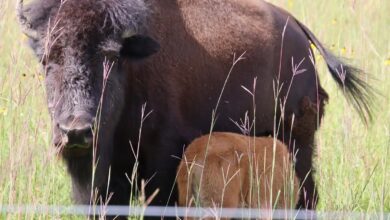
Bee gathering nectar and pollen on yellow flowers. Photo Credit: Philippe Lejeanvre/Getty Images
Animals SingaporeScientists Created a Map With All the Bee Species (There Are a Lot!)
For the first time, researchers in Singapore and China have successfully mapped the distribution of all 20,000 bee species on earth, thus contributing to the survival of the pollinating insect essential to our ecosystems.
“Here we combine millions of records to create the first maps of global bee richness, and understand why we see these patterns,” says Dr Alice Hughes of the Chinese Academy of Sciences in Yunnan. “These maps, and our framework, can then form the basis of future work, enabling us to better understand patterns of bee richness and ensure that they are effectively conserved into the future.”
In order to create the map, the team of researchers compared data about the occurrence of individual bee species with a checklist of more than 20,000 species. This map constitutes a reliable baseline that helps in the conservation of the pollinators by characterizing bee declines and “distinguish[ing] areas less suitable for bees from areas where bees should thrive but have been reduced by threats such as pesticides, loss of natural habitat, and overgrazing,” says Dr. John Ascher of the National University of Singapore.



